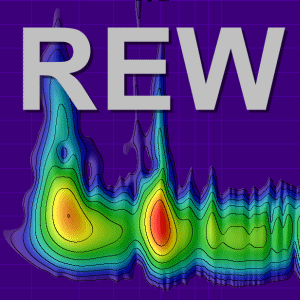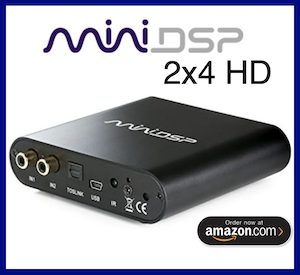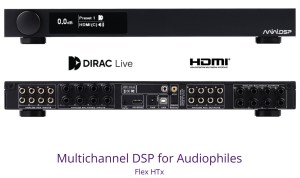-
AUDIO VIDEO PROCESSING, SETUP & ENVIRONMENTOfficial REW (Room EQ Wizard) Support Forum Audiolense User Forum Calibration Equipment Auto-EQ Platforms / Immersive Audio Codecs Video Display Technologies / Calibration AV System Setup and Support Listening Room / Home Theater Build Projects Room Acoustics and Treatments AV Showcase Movies / Music / TV / Streaming
-
AUDIO VIDEO DISCUSSION / EQUIPMENTHome Theater / Audio and Video - Misc Topics Essence For Hi Res Audio AV Equipment Advice and Pricing Awesome Deals and Budget AV Equipment AV Receivers / Processors / Amps UHD / Blu-ray / CD Players / Streaming Devices Two Channel Hi-Fi Equipment DIY Audio Projects Computer Systems - HTPC / Gaming HD and UHD Flat Screen Displays Projectors and Projection Screens AV Accessories Buy - Sell - Trade
Navigation
Install the app
How to install the app on iOS
Follow along with the video below to see how to install our site as a web app on your home screen.
Note: This feature may not be available in some browsers.
More options
You are using an out of date browser. It may not display this or other websites correctly.
You should upgrade or use an alternative browser.
You should upgrade or use an alternative browser.
dbC from sweep measurement?
- Thread starter thothsong
- Start date
John Mulcahy
REW Author
- Joined
- Apr 3, 2017
- Posts
- 8,396
Thanks. That gives me a weighted curve, but not a number. What I think I'm looking for is, if I had the RTA configured for Forever averaging, and the average looked like the sweep measurement, what would the RTA report as the dBC. Does that make sense?
John Mulcahy
REW Author
- Joined
- Apr 3, 2017
- Posts
- 8,396
No, that doesn't really make sense. The sweep provides a transfer function measurement that is presented offset to an equivalent SPL for any particular moment of the sweep, but it doesn't represent an overall SPL measurement and it wouldn't be meaningful to try and assign an SPL figure to it. If you were to export the data and calculate one it would come out very, very high. As an example, here is what the RTA looks like for a 75 dB (approx) periodic noise input using the CTA-2034 shaping, with a 64 k FFT. Note the levels, the graph is shown without the "Adjust RTA levels" option which artificially shifts the plot to provide easier comparison with sweep measurements.

OK, thanks for the explanation, I think I get it. To then ask the question I should have asked in the first place: If I only have sweep measurements for two speakers, is there any way to derive a comparison between them that would be similar to playing some type of pink noise and taking a dBC measurement?
John Mulcahy
REW Author
- Joined
- Apr 3, 2017
- Posts
- 8,396
If you are interested in comparing the response levels over some frequency span you could use the graph metrics for that, assuming they are comparable (e.g. measured at the same sweep level and distance in the same environment).
Popular tags
20th century fox
4k blu-ray
4k uhd
4k ultrahd
action
adventure
animated
animation
bass
blu-ray
calibration
comedy
comics
denon
dirac
dirac live
disney
dolby atmos
drama
fantasy
hdmi 2.1
home theater
horror
kaleidescape
klipsch
lionsgate
marantz
movies
onkyo
paramount
pioneer
rew
romance
sci-fi
scream factory
shout factory
sony
stormaudio
subwoofer
svs
terror
thriller
uhd
ultrahd
ultrahd 4k
universal
value electronics
warner
warner brothers
well go usa












